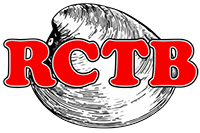Activities for YOU
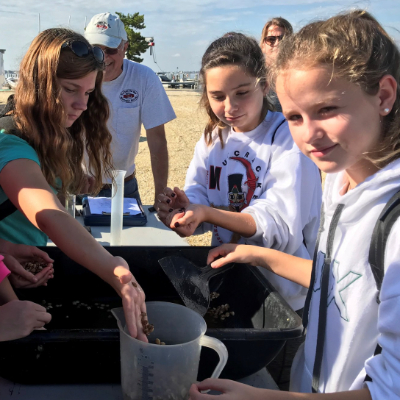
Visit a Shellfish Nursery
- See thousands of baby clams and oysters. Talk to the people who care for them.
Maps, Locations, Day and time
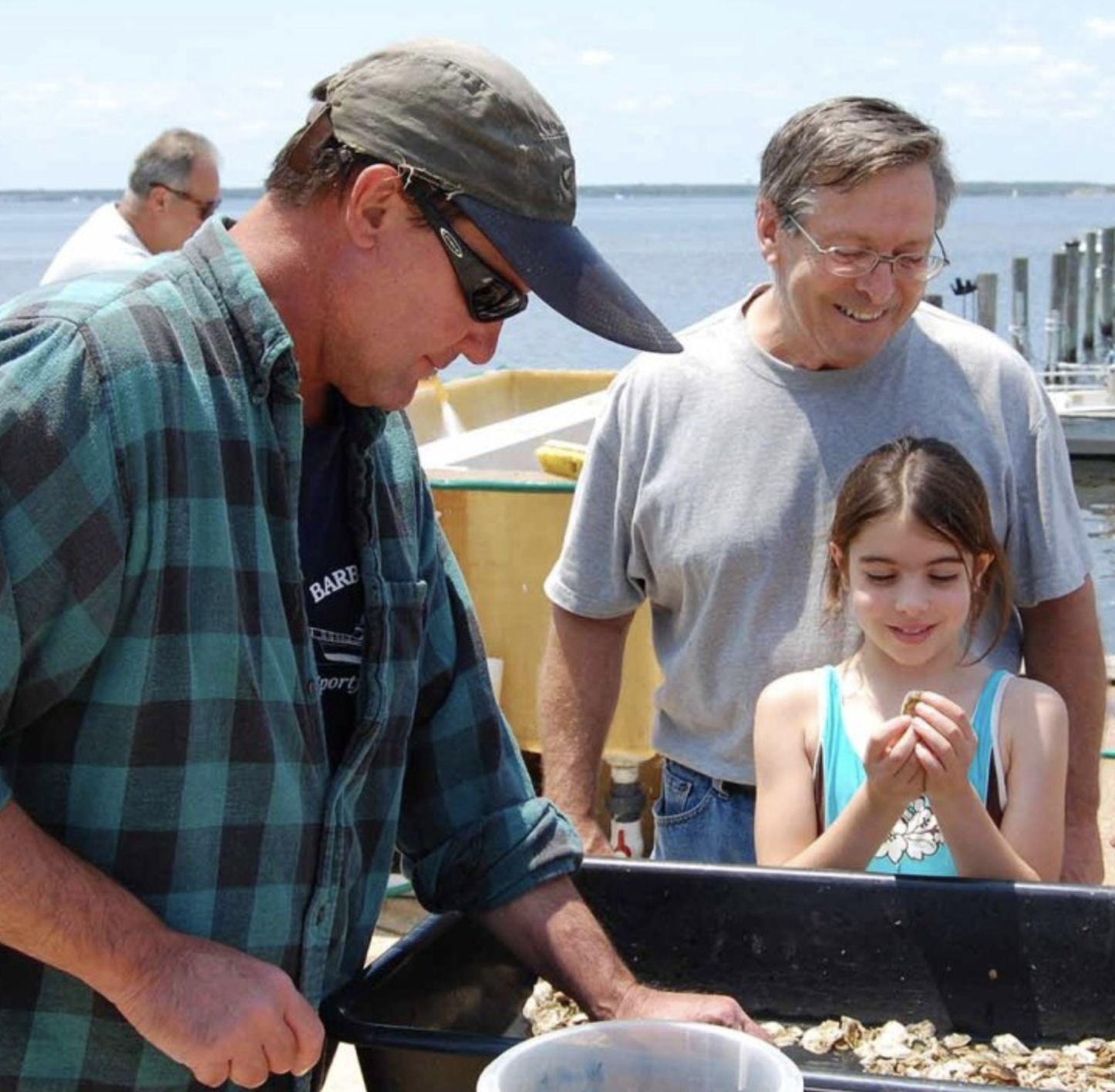
Island Times
- Find Fun activities and summertime citizen science projects you can do at your leisure on LBI. From turtles to tides, whales to weather, learn how to collect and share data online with scientists who need your help!
Check the calendar for detils.

Travel all around LBI on an Educational Scavenger Hunt for fun facts!
- See the sights and get something to eat along the way
Explore The Clam Trail
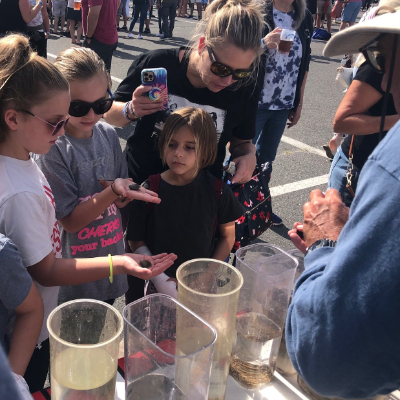
Visit us at Fun Events
- Surf City Farmers Market, and other events. See the live creatures and learn about them in a fun one-to-one setting
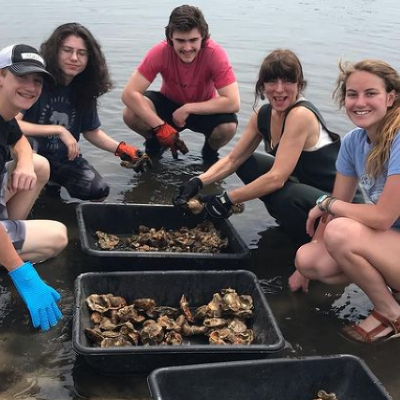
Participate in an interactive hands on presentation
- Meet at various locations on LBI from museums to bay side to learn the history and the culture of LBI as well as the creatures that live here.
